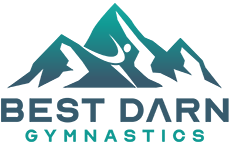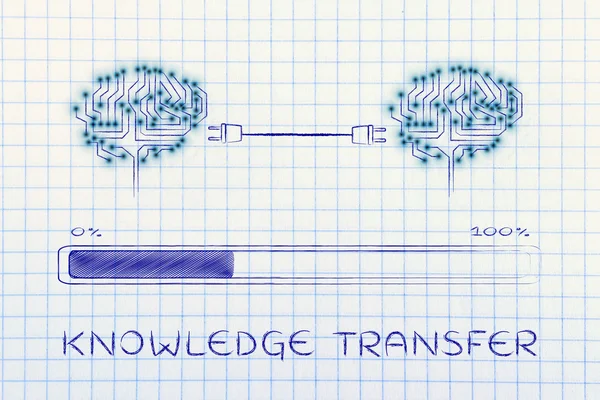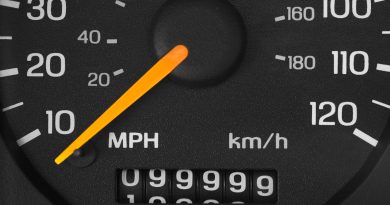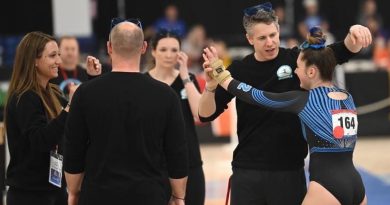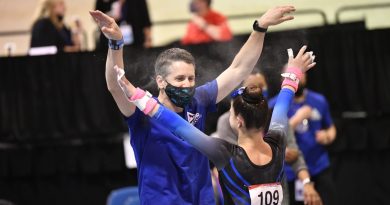Knowing is Half the Battle?
In the words of the once-popular GI JOE slogan… “Knowing is half the battle.” Certainly, I grew up saying it! But have you heard of the GI JOE fallacy?
People take comfort and too easily accept that knowing something will automatically create a better result. Though ignorance will almost always keep us from doing the right thing, willful lack of application of knowledge will also create a similarly negative effect. The basis for the GI JOE fallacy is that knowing is not half the battle, and applying knowledge is the most significant part of creating success or making sound decisions. Unfortunately, there are many times we can catch ourselves knowing what we should do and not applying that knowledge consistently or stringently enough.
Knowing is half the battle? GI Joe Fallacy? How do we relate this to coaching?
I want to discuss the next piece of this puzzle and how we can consistently attempt to create the best and most complete results with our gymnasts. The obvious first factor in creating the desired result is knowing your craft. Suppose you don’t understand the physics, biomechanics, strength elements, and the actual movements and timing that create a superior skill. In that case, you probably won’t be able to help your athlete perform it to the maximum quality possible. Leading us to the second and arguably most important factor in the education equation. It is not merely what you say to your athletes that matters the most; what they understand from your communication will impact the learning process to the highest degree. Once an understanding is created, we must then teach our athletes to apply that knowledge consistently.
Has the learning process been very different for two different athletes?
Have you ever taught one athlete how to perform a skill with three drills over the span of only a few weeks, and another athlete needed two different drill stations and an additional four months to develop the same skill? Each athlete could possess various physical tools (some could suggest a supposed talent gap). What if one athlete understood the way you said something, and it clicked? They just “Got It.” What if the second athlete had similar physical talent and didn’t comprehend the skill the same way? Individually, our brains naturally understand some academic subjects easier than others. For example, your mind might have an affinity towards Math and mine towards English and History. Some athletes will listen to a correction rooted in physics, it makes sense, and others become more confused. Seeing as all minds work differently, we must constantly adjust how we explain a particular skill to each athlete. When it clicks, continue to use the same language and framing of your corrections. You have found a message that has created success and understanding. However, if you feel there seems to be a lag in understanding, keep adjusting how you frame your corrections.
As you find success with certain technical corrections based on the gymnast’s understanding, then you must key them to apply those concepts and corrections consistently.
Remember, it is not merely what you know or say that is most important. Do your absolute best to understand your sport, but then make an honest and concerted effort to translate that knowledge into a language that each athlete understands. It is not merely what our athletes understand, but what they apply that once again will impact changes in skill quality and consistency.
